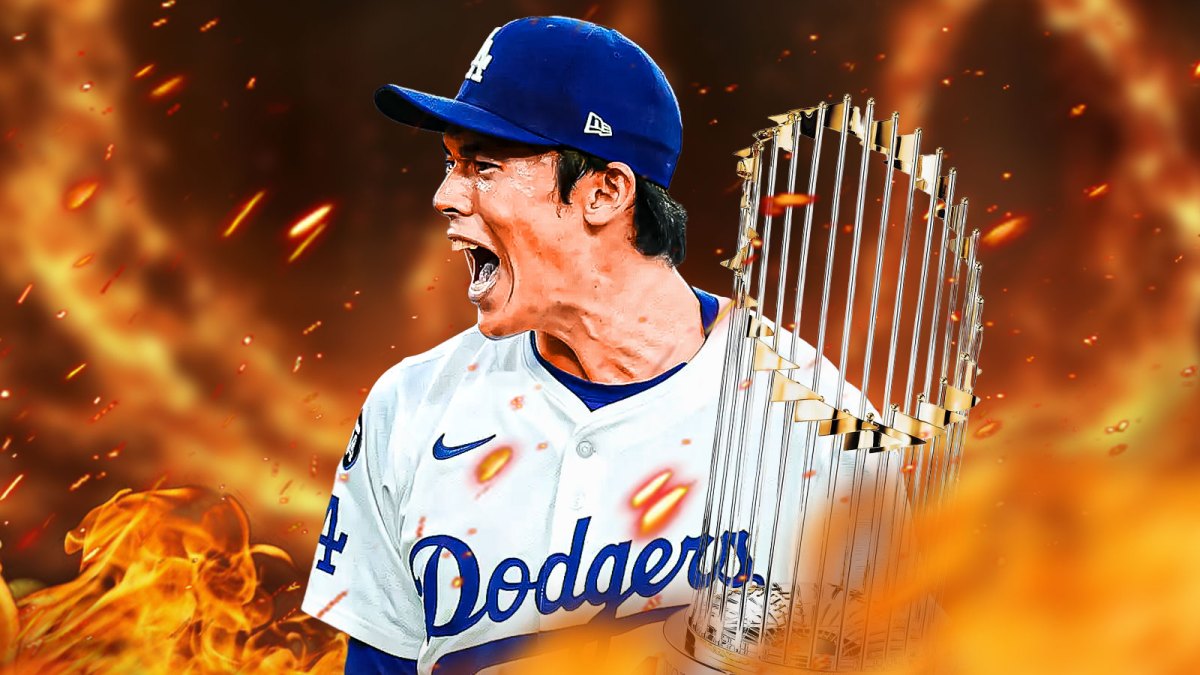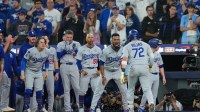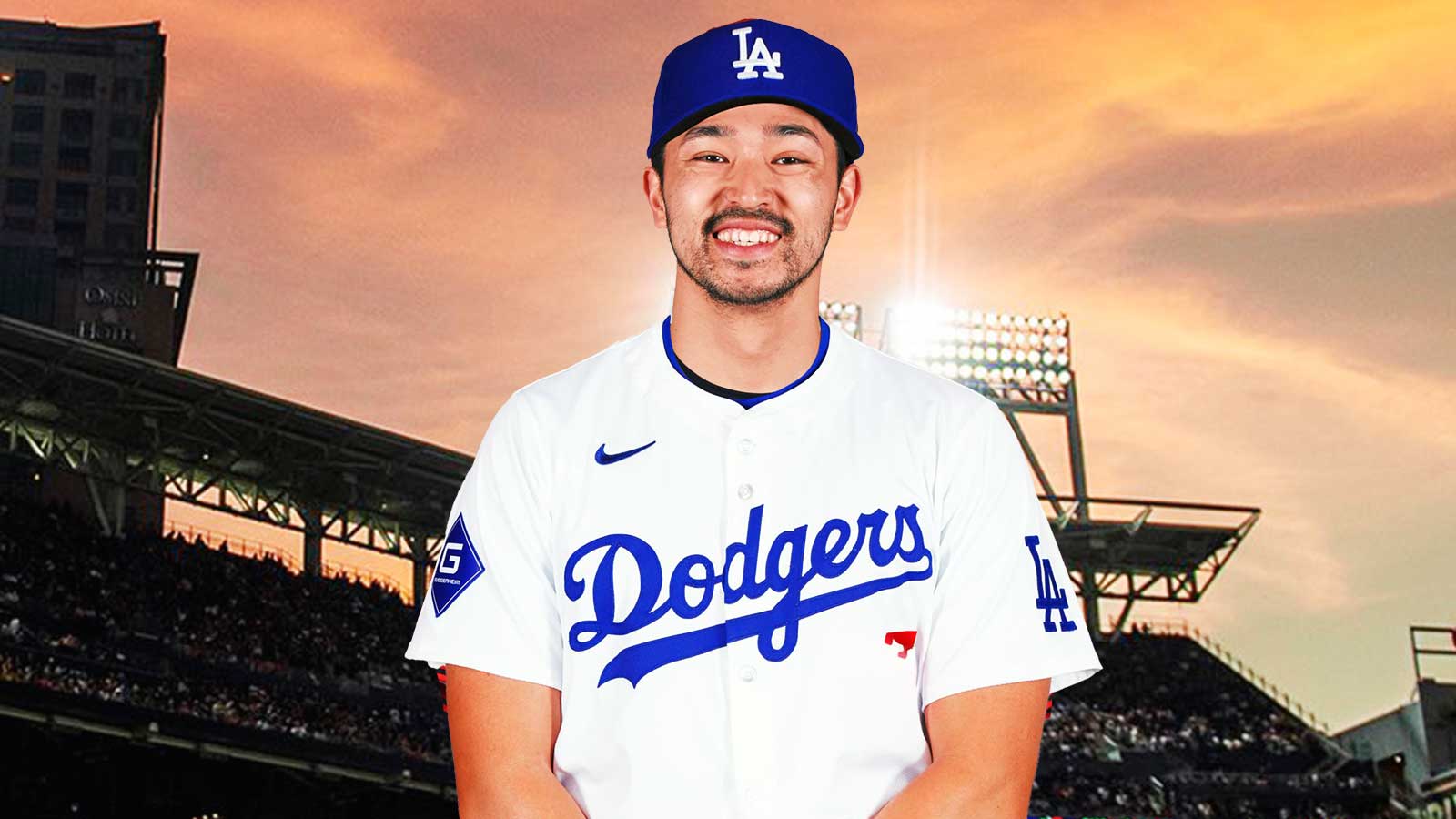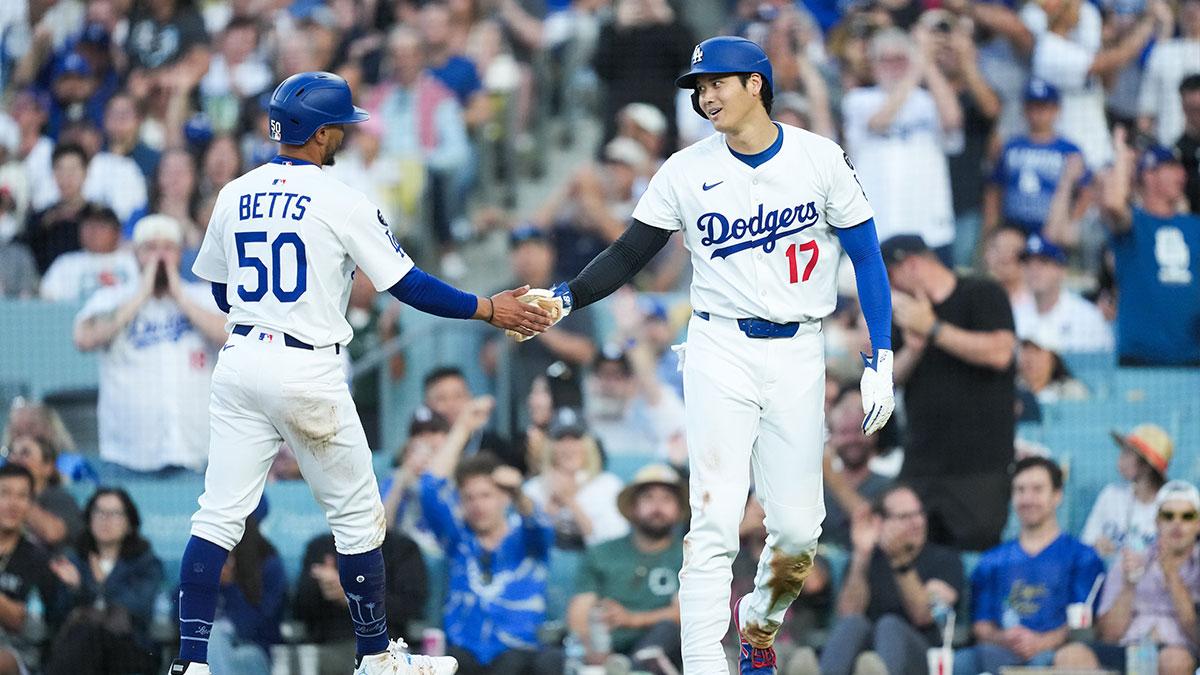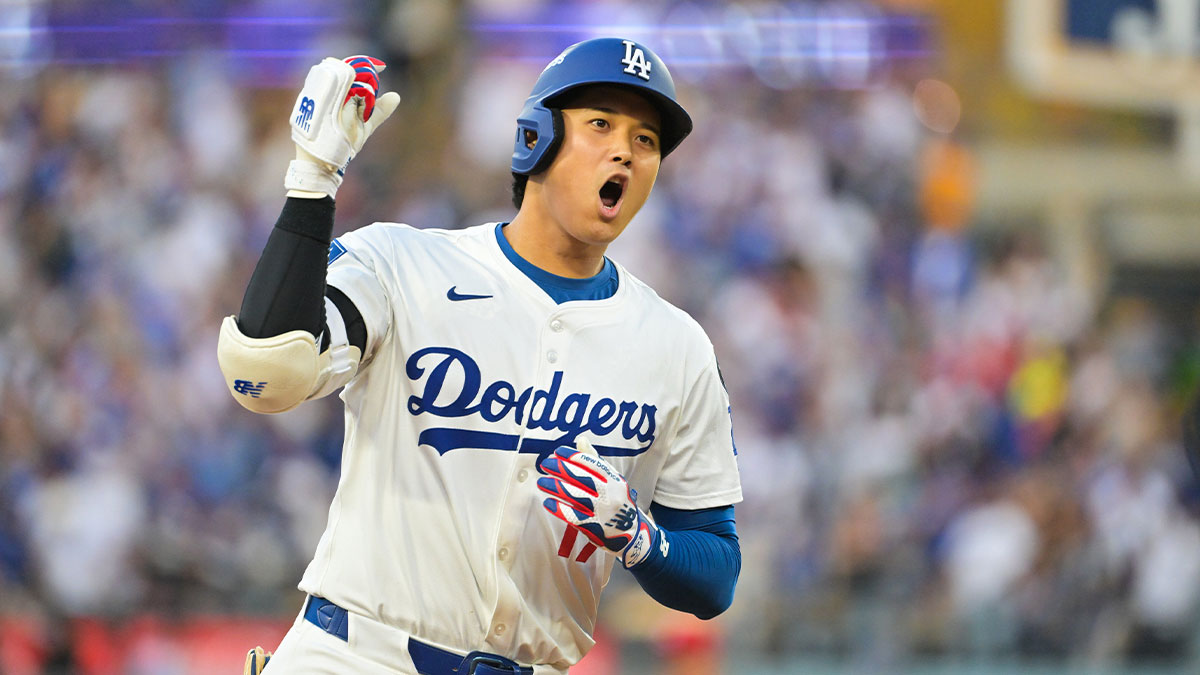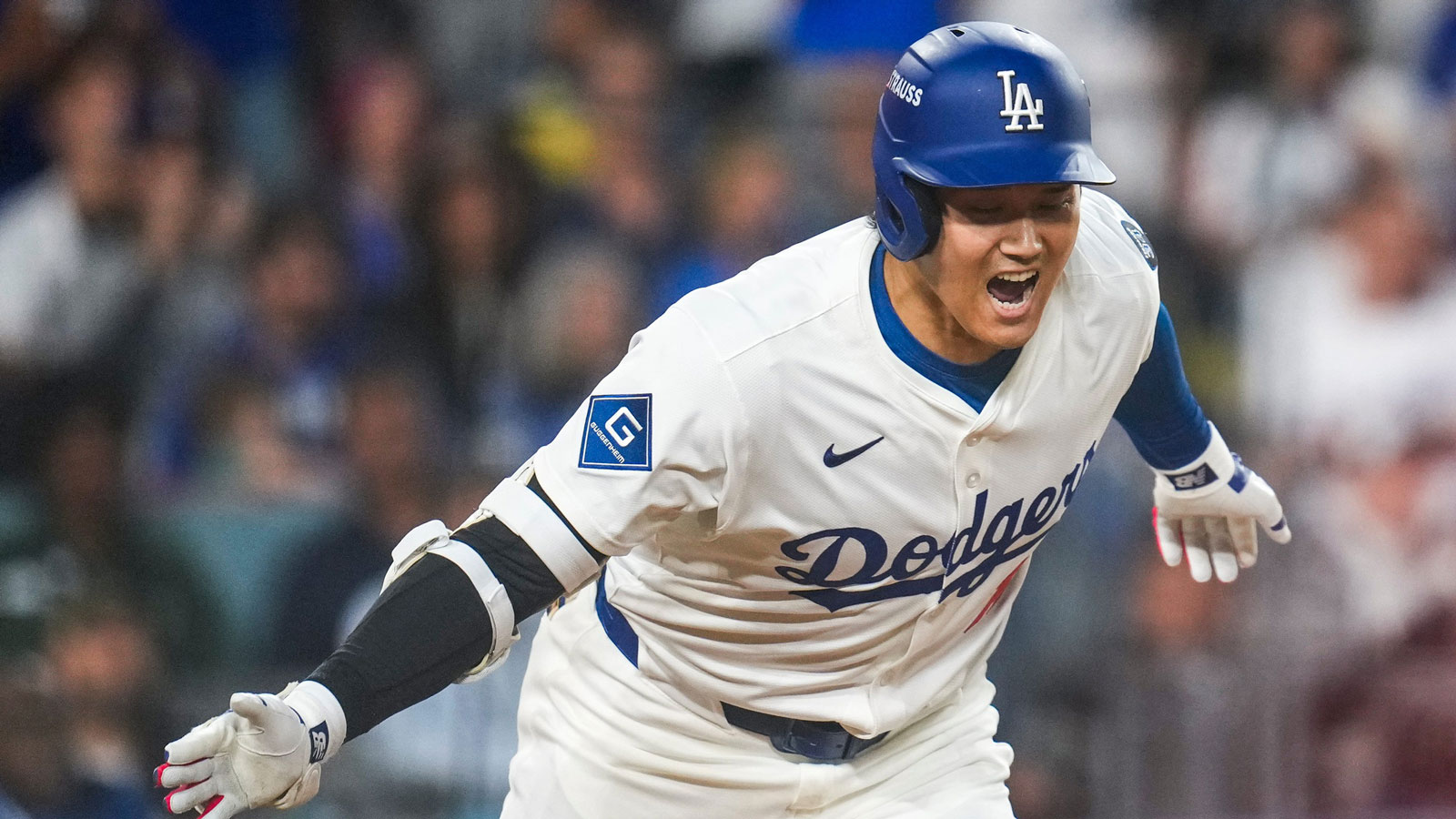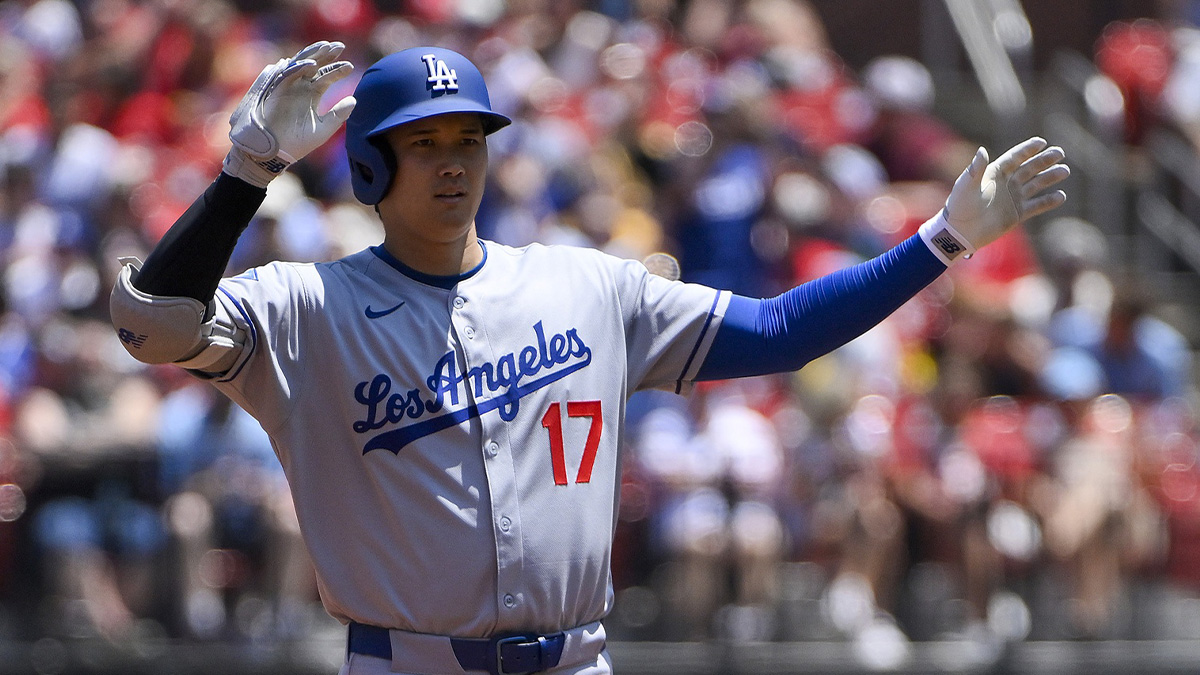Just a few weeks ago, the Los Angeles Dodgers secured their second straight World Series title by defeating the Toronto Blue Jays in an all-time classic seven-game battle. The immediate aftermath has sparked discussions about certain Dodgers' legacies, as well as how the team could become the first to win three straight titles in over two decades.
Any hope that Los Angeles has of achieving such a goal will require their pitching staff to return healthy and motivated. Starters such as Shohei Ohtani, Yoshinobu Yamamoto, and Tyler Glasnow will receive much of the attention as spring approaches, but Roki Sasaki could be just as impactful if he can build on what he was able to provide in his first season in MLB.
Sasaki’s rookie year included numerous peaks and valleys, but the 24-year-old’s regular-season results do not tell the full story of his debut campaign. His willingness to tweak his approach and later embrace a foreign role in the postseason laid the groundwork for a renaissance that has only just begun.
Roki Sasaki improved delivery, control once he returned from injury
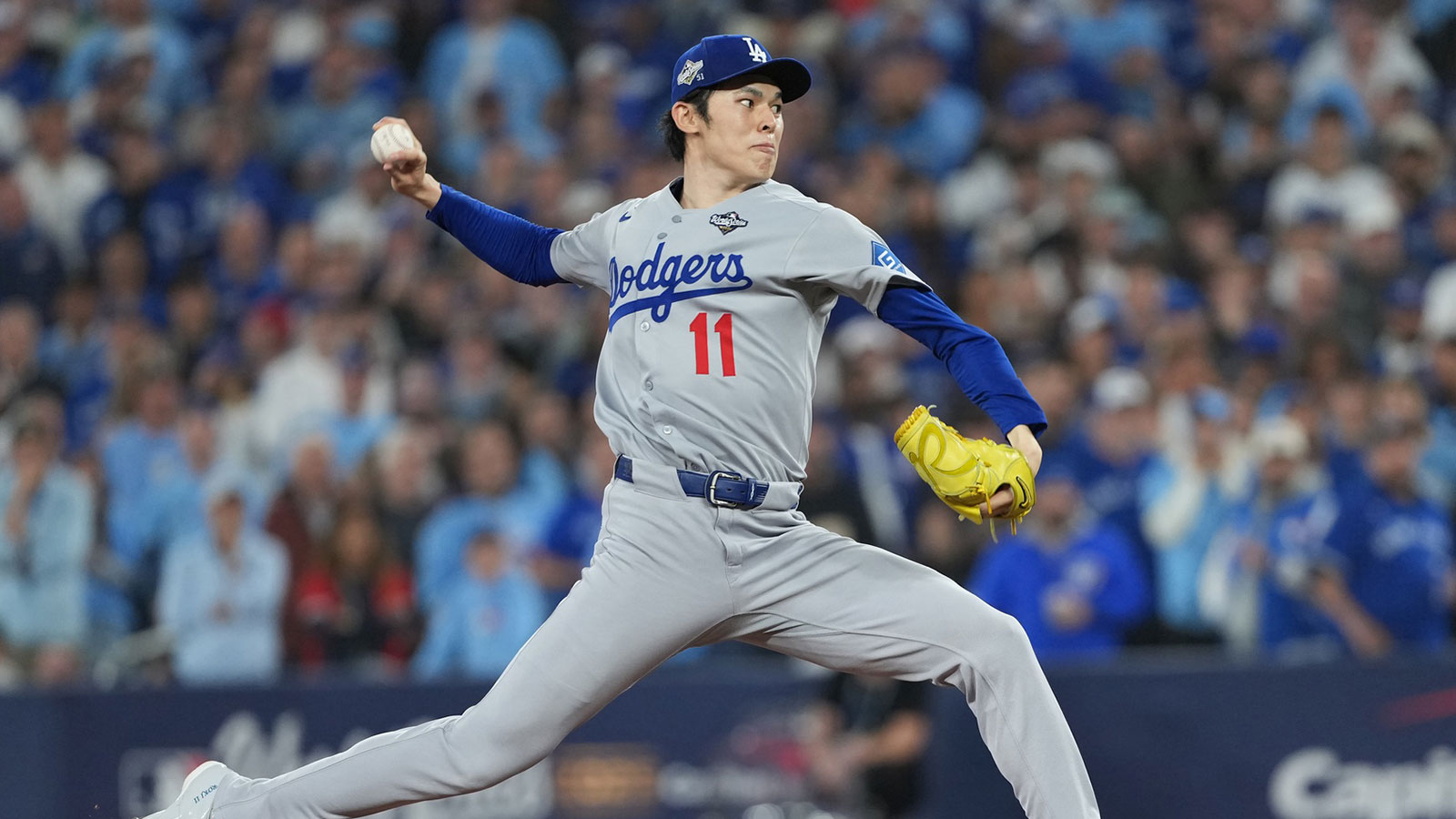
Through eight starts and 10 total appearances, Sasaki tossed 36.1 innings, earned a 1-1 record, and posted a 4.46 ERA. The righty made his eight starts before being placed on the injured list with a right shoulder impingement that kept him out for more than three months.
As a starter, the Rikuzentakata native produced a 4.72 ERA and a below-average whiff rate of 20.4%.
While he worked his way back from injury and through rehab assignments, Sasaki began to tweak his delivery with the Dodgers’ director of pitching, Rob Hill, as well as other members of the organization’s staff.
“Good or bad, right or wrong, he hasn't had a whole lot of instruction. He's just been on his own program because of the talent,” Dodgers manager Dave Roberts told ESPN’s Jeff Passan. “And there was a point where he was in Arizona where the group came together and said, ‘Hey, you've got to give Rob a chance.' And to his credit, he bought into that and just kind of freed himself up.”
The contingent helped Sasaki make impactful adjustments that ultimately aided his velocity and control of the strike zone. The rookie came out of the bullpen in his final two appearances ahead of the postseason and delivered two scoreless innings of work.
“When he came back, I told him he's got a different look now,” Roberts said. “He's got the look of a killer.”
What followed in the postseason may not have been a sign of what role the youngster will play going forward, but it showcased the sort of resilience that can take a young pitcher to the next level.
Sasaki showed toughness that will help him develop as a starter
Through 10.2 postseason innings, Sasaki surrendered six hits, five walks, and one earned run. He struck out six batters and ended Los Angeles’ World Series run with one save and a 0.84 ERA.
While his control could still be improved over the winter, any concerns regarding his velocity were officially put to bed. During his final appearance in May before being placed on the injured list, Sasaki’s fastball was topping out at around 96 MPH. At one point in the NLDS against the Philadelphia Phillies, he reached 100 MPH with his heater.
Contrary to what many may feel, it is unlikely that the Dodgers’ front office views Sasaki as a long-term reliever or closer. He will likely rejoin the starting rotation in 2026.
“I think for us, [using Sasaki as a reliever] was about trying to get his delivery back. I feel like we made a lot of progress on that,” Dodgers president of baseball operations Andrew Friedman told The Orange County Register. “So for us, we’re definitely viewing him as a starter and a really good one, and we’ll continue to work this offseason and put him in the best position to be ready in Spring Training to help us win again.”
Some might immediately reach the conclusion that Sasaki’s success in the bullpen means that he should remain there for the long-haul, but it could be said that his late-season transition illustrated exactly why he could be an effective starter next season.
Starting pitchers are largely creatures of habit. Both routine and muscle memory are important keys to success, but the league’s best are able to make adjustments on the fly once their normal approach is foiled. Further, some of the game’s best pitchers are also willing to take the mound at any point in a given game, regardless of whether they are labeled as a starter or a reliever.
Despite facing initial questions regarding his mental toughness early in the campaign and later dealing with an injury that kept him from being with the club, Sasaki was still able to help the team late in the season by taking on a new role. Few could have predicted that his first big league season would include as many twists.
Sasaki’s first campaign was not without its hiccups, but the Japanese phenom did more than enough to show that he could be in for a sophomore resurgence in 2026.

